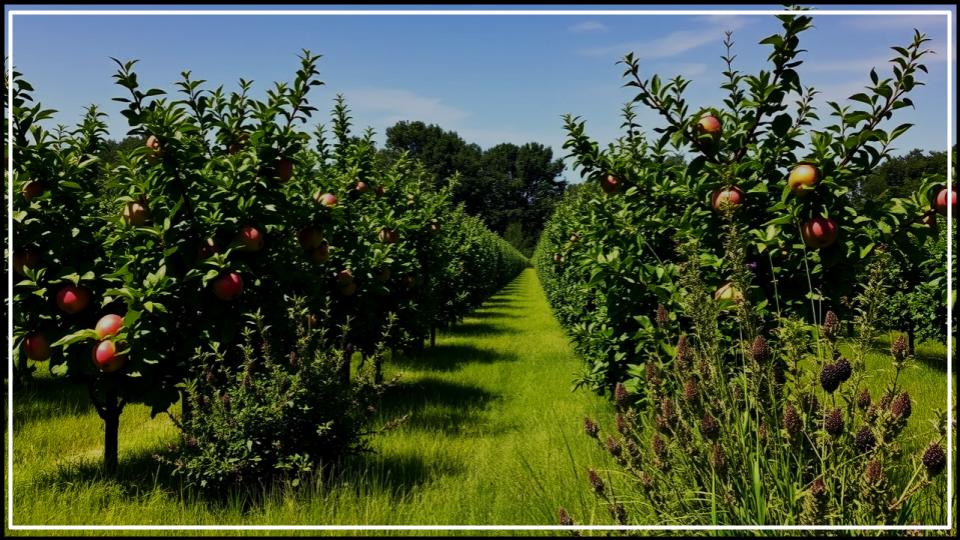
As gardeners, we pour our hearts into nurturing our landscapes, dreaming of the day we can pluck a perfectly ripe peach or crisp apple from a tree we planted ourselves. We meticulously prune, water, and watch for pests, yet sometimes our fruit trees fail to thrive, and the reason is hiding in plain sight. Certain seemingly innocent plants can wage a silent war on your orchard through aggressive roots, chemical warfare, or by hosting devastating diseases. These are the plants that destroy fruit trees, and identifying them is the first step toward a healthier, more productive harvest.
In my own garden, I’ve learned that a successful orchard is about more than just caring for the trees themselves; it’s about curating a healthy ecosystem around them. This guide will walk you through seven common culprits that could be sabotaging your efforts. Let’s uncover these hidden threats and learn how to create a garden where every plant supports the others.
Key Takeaways: Protecting Your Orchard
Here’s what you need to know about creating a safe haven for your fruit trees:
- Mind the Drip Line: Avoid planting most vegetables, heavy-feeding grasses, or plants with aggressive roots within the “drip line” (the area under the tree’s canopy) of your fruit trees.
- Understand Allelopathy: Some plants, like Black Walnut, release chemicals that inhibit the growth of others. This is a key reason some plants that destroy fruit trees.
- Prevent Disease Spread: Avoid planting species that share common diseases with your fruit trees, such as tomatoes (blight) or junipers (cedar-apple rust).
- Choose Companions Wisely: Opt for beneficial companion plants like comfrey, chives, and certain clovers that enrich the soil and deter pests.
1. Black Walnut (Juglans nigra)
The Problem: Chemical Warfare (Allelopathy)
The Black Walnut is perhaps the most notorious offender in the garden, and for good reason. It produces a powerful chemical called juglone, which is toxic to many other plants, including most fruit trees. According to research from institutions like the University of Wisconsin Extension, this allelopathic compound is leached into the soil from the tree’s roots, leaves, and decaying nuts. For sensitive plants like apple, pear, and stone fruit trees, the effects can range from stunted growth and yellowing leaves to outright death.
A common mistake I see is underestimating the reach of a walnut’s root system. The toxic zone can extend 50 to 80 feet from the trunk of a mature tree. If you have a black walnut on or near your property, establishing your orchard a safe distance away is non-negotiable.
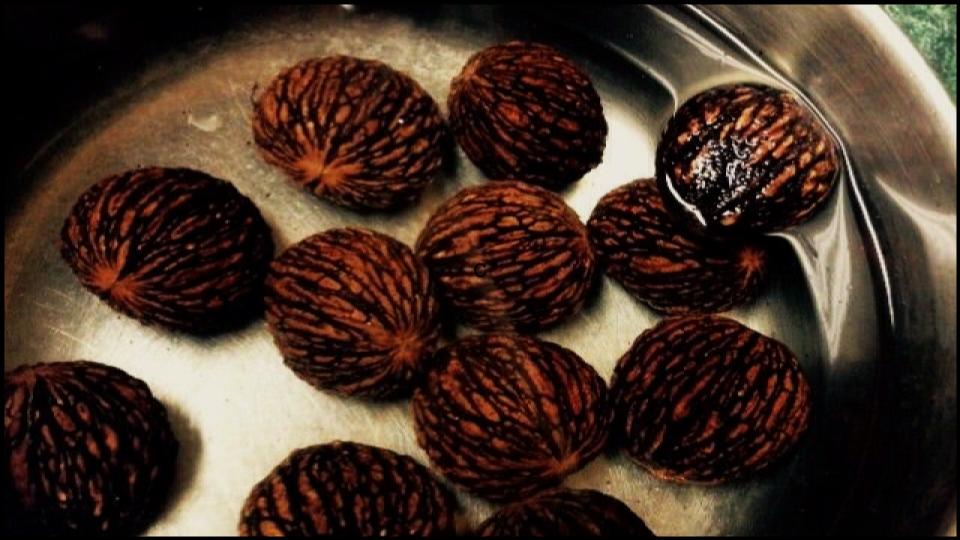
2. Potatoes & Tomatoes (Solanum tuberosum & S. lycopersicum)
The Problem: Shared Diseases
Planting your vegetable garden right next to your orchard might seem efficient, but it can be a recipe for disaster. Tomatoes and potatoes are highly susceptible to blight (both early and late) and Verticillium wilt, fungal diseases that can easily spread to and devastate fruit trees, particularly apples and stone fruits. The pathogens can persist in the soil for years, creating a lasting threat.
I always advise gardeners to create distinct zones for their nightshade vegetables and their orchard. Think of it as good hygiene for your garden; keeping susceptible plant families separate is one of the best preventative measures you can take for effective fruit tree care.
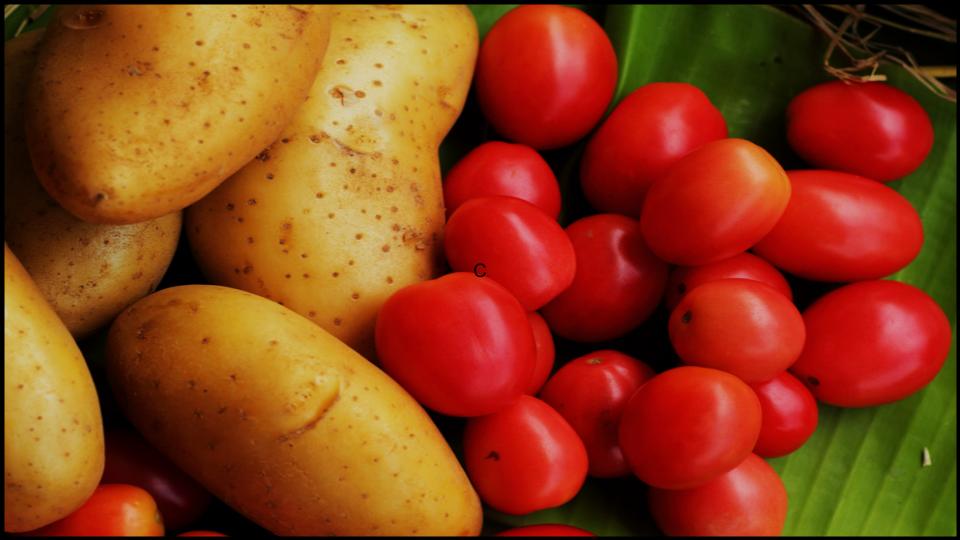
3. Mint & Running Bamboo (Mentha spp. & Phyllostachys spp.)
The Problem: Aggressive Root Competition
While wonderful in a cup of tea or as a privacy screen, mint and running bamboo have dangerously invasive root systems. Their dense, shallow rhizomes spread with incredible speed, forming a thick mat that chokes out other plants. When planted near a fruit tree, they steal water and essential nutrients directly from the tree’s critical feeder roots, which are concentrated in the top 12-18 inches of soil.
In my own garden, I learned the hard way that even a small patch of mint can become a garden-wide problem in just a season or two. If you must grow these plants, confine them to sturdy pots placed on a patio or a paved surface—far away from your precious trees.
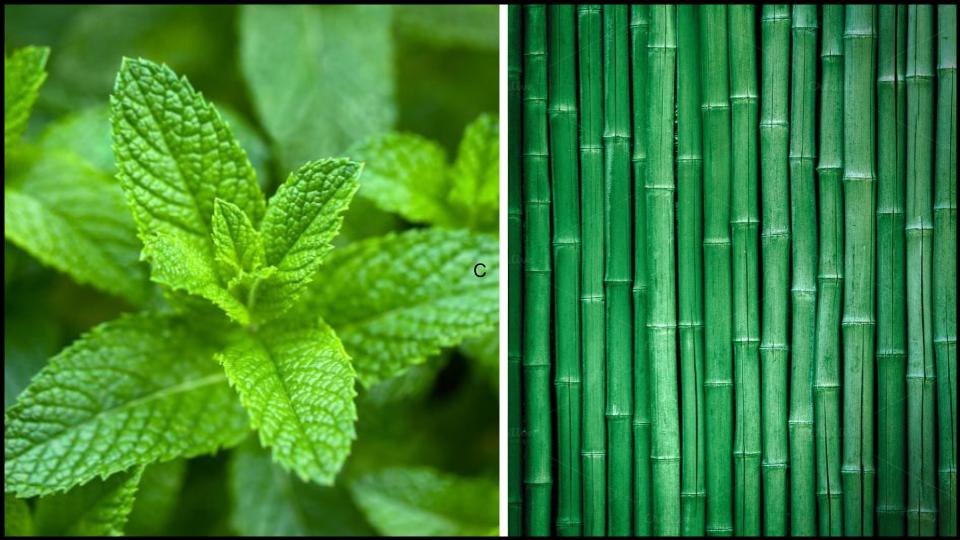
4. Turfgrass, Especially Tall Fescue (Festuca arundinacea)
The Problem: Nutrient Hog and Growth Suppressor
A lush, green lawn extending right up to the trunk of a fruit tree may look tidy, but it’s one of the most common hindrances to a healthy orchard. Turfgrass, particularly competitive varieties like Tall Fescue, is a voracious feeder that robs the tree of nitrogen and water. Furthermore, as documented by a PennState Extension report on home orchards, the thatch and dense root system of turfgrass can also inhibit gas exchange in the soil and even release its own growth-suppressing chemicals.
I always recommend maintaining a wide, grass-free circle around your fruit trees, at least to the drip line. Cover this area with a 3-4 inch layer of wood chips or compost, being careful to keep the mulch from touching the tree trunk itself. This simple step conserves moisture, suppresses weeds, and gives your tree the breathing room it needs to thrive.
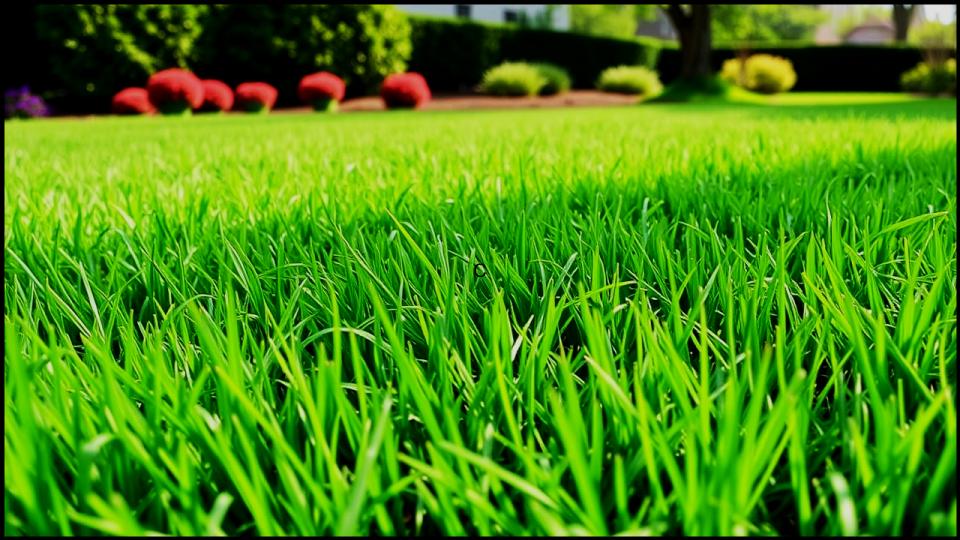
5. Sunflowers (Helianthus annuus)
The Problem: Allelopathy and Nutrient Depletion
As cheerful and beautiful as they are, sunflowers are surprisingly unfriendly neighbors. They are another one of the common allelopathic plants, releasing chemicals from their roots and decaying plant matter that can inhibit the growth of nearby plants, including young fruit trees. On top of that, they are incredibly heavy feeders, rapidly depleting the soil of nutrients that your fruit trees need for steady, long-term growth. While a few scattered sunflowers at a distance are unlikely to cause harm, a dense patch planted near your orchard is asking for trouble.
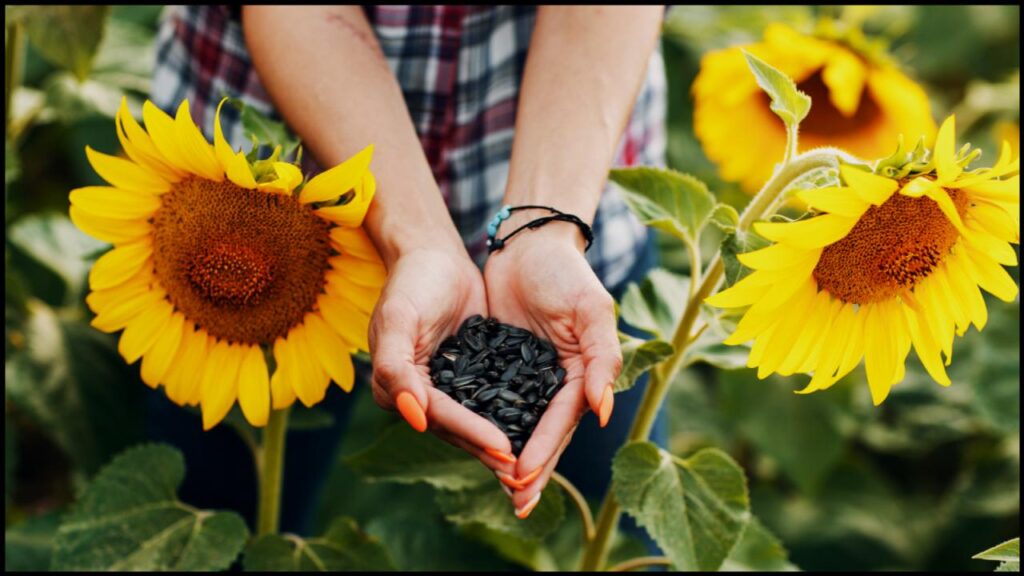
6. Juniper (Juniperus spp.)
The Problem: Alternate Host for Cedar-Apple Rust
This is a classic example of a disease requiring two different hosts to complete its lifecycle. Cedar-apple rust is a fungal disease that causes bright orange, gelatinous galls to form on juniper trees in the spring. Spores from these galls then travel on the wind—sometimes for miles—and infect apple and crabapple trees, leading to yellow-orange spots on the leaves and fruit, and potentially significant defoliation.
If you are committed to growing pristine apples, I strongly advise against planting Eastern Red Cedar and other susceptible junipers nearby. Check with your local extension service for rust-resistant apple varieties if junipers are common in your area. This is a key part of companion planting for orchards—knowing what not to plant.
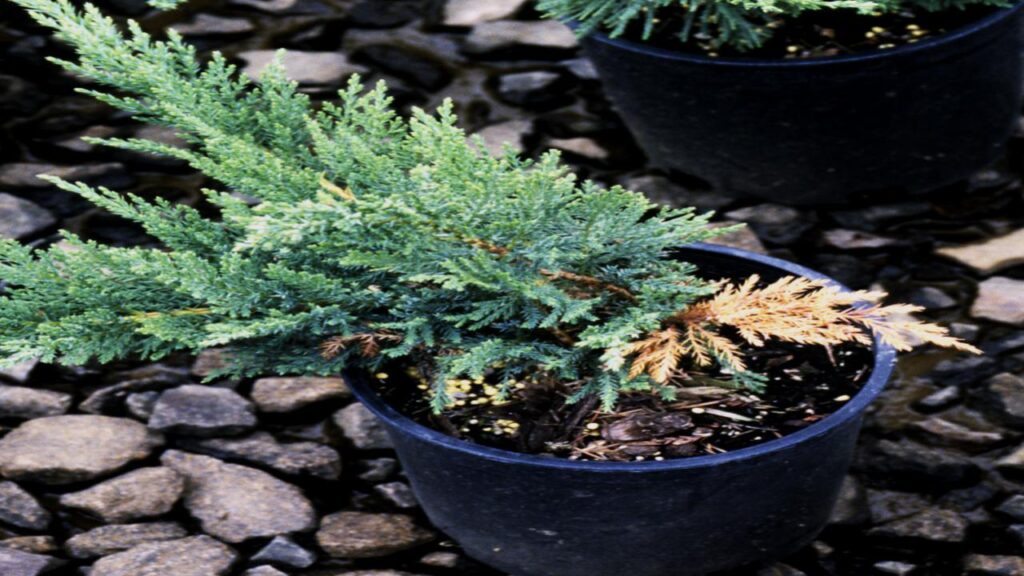
7. Goldenrod (Solidago spp.)
The Problem: Attracting Pests and Potential Disease Bridge
While often unfairly blamed for allergies (ragweed is the real culprit), goldenrod can be problematic for a different reason. Certain species can attract pests that may later move on to your fruit trees. More significantly, some research suggests they can act as a host for diseases like fire blight bacteria or aster yellows, a phytoplasma disease that can affect stone fruits. While the risk varies by region and species, it’s a connection worth noting.
Instead of letting wild goldenrod grow unchecked at the edge of your orchard, consider cultivating a planned fruit tree guild. A guild is a collection of beneficial plants that work together to support the central tree, deterring pests and enriching the soil.
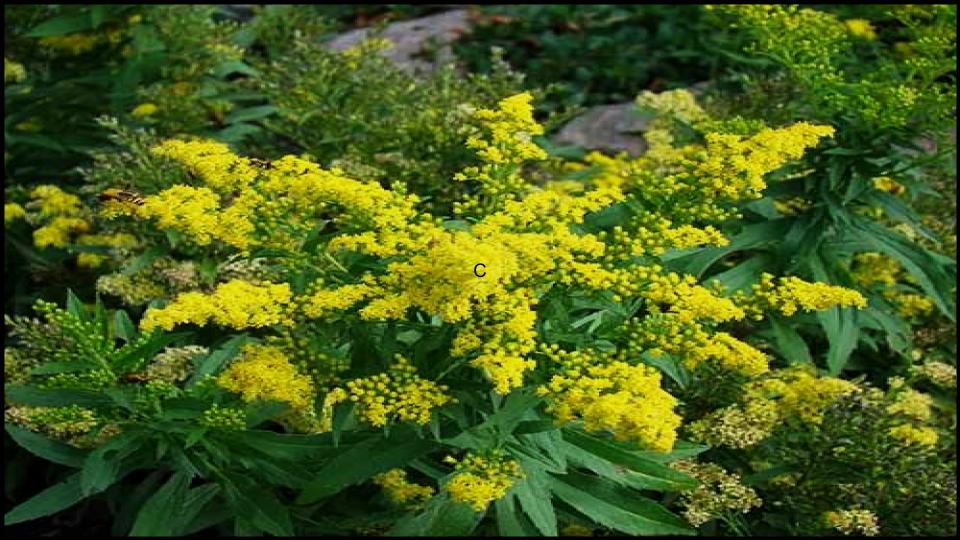
What to Plant Instead: The Beauty of a Fruit Tree Guild
Now that we’ve identified the culprits, let’s focus on the solution: positive companion planting for orchards. Creating a “guild” of supportive plants around your fruit trees can build a resilient and productive ecosystem.
- Comfrey: Its deep taproot mines nutrients from the subsoil, and its leaves can be chopped and dropped as a nutrient-rich mulch.
- Chives and Garlic: These alliums can help deter pests like aphids and may help prevent apple scab.
- Daffodils: Planted in a ring around the trunk, their bulbs are toxic to burrowing rodents like voles.
- White Clover: As a living mulch, it fixes nitrogen in the soil, feeds pollinators, and outcompetes less desirable weeds.
- Yarrow: Attracts beneficial predatory insects like lacewings and ladybugs that feast on pests.
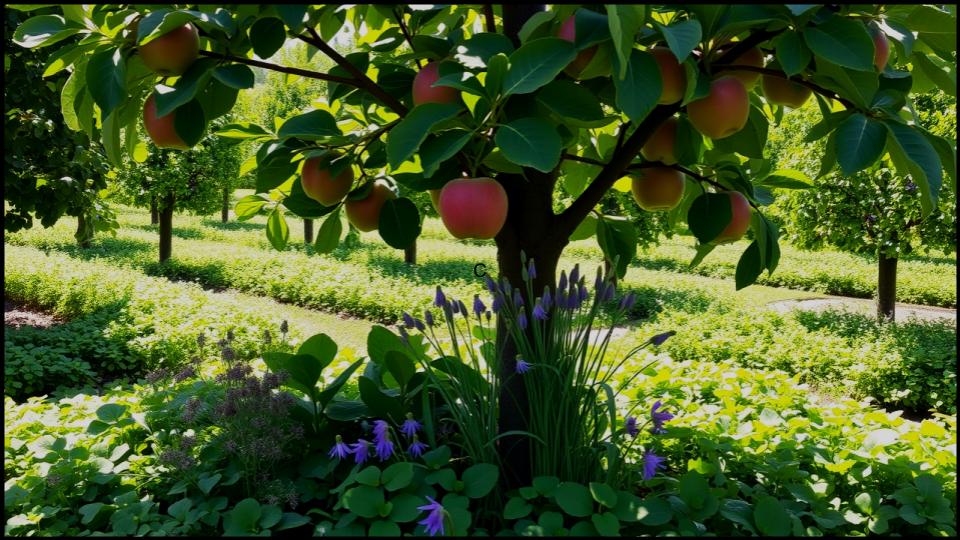
A Garden in Harmony
Creating a thriving home orchard is a rewarding journey that extends beyond the trees themselves. It’s about orchestrating a community of plants where each member plays a supportive role. By understanding and removing the plants that destroy fruit trees, you are not just solving a problem; you are actively designing a more resilient, beautiful, and productive garden. You are replacing competition with cooperation and discord with harmony.
Now you are equipped with the knowledge to protect your investment of time and care. Take a walk through your garden this afternoon. Look with fresh eyes at the relationships between your plants and take the first simple steps toward creating an orchard that will flourish for years to come.
